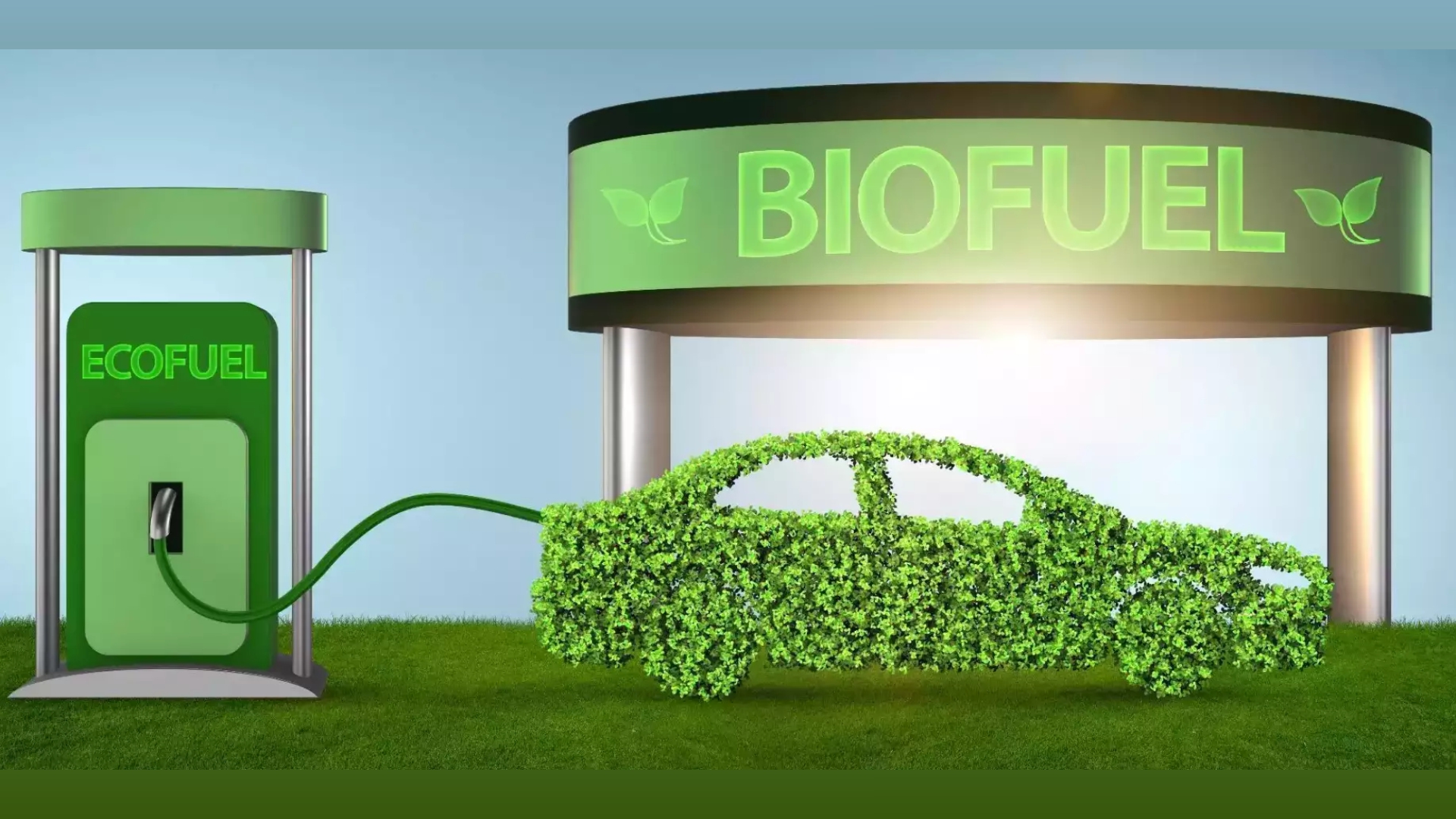Source : PTI | New Delhi: India has a target to achieve carbon neutrality by 2070. For this, organisations at various levels are working on resource efficiency to eliminate carbon emissions. The transport segment already accounts for more than a third of CO2 emissions from end‐use sectors.
TERI, a policy research organisation specialising in the fields of energy, environment and sustainable development, propagates that for addressing carbon emissions in this segment, electrification in various areas, meeting electricity demand through non-fossil sources, and developing low-carbon alternatives like hydrogen and biofuels for certain other areas could be the way to go. It also emphasises on the importance of adopting circular economy business models in the long term.
“One of the main problems in India is that we have a huge population, but not a very good public transport system. No technology is perfect, so we must do the entire value chain and life cycle analysis and then figure out for what kind of usage which vehicles will be the best. Electric Vehicles (EVs) are not the only way out,” Dr Vibha Dhawan, Director General, The Energy and Resources Institute (TERI), told ETAuto.
“For areas where electrification is the solution, we also need adequate charging infrastructure. Everything should not come from the government’s pockets but charging such a high excise duty on EVs is only dissuading the buyer,” she added.
A study by Arthur D Little points out that the adoption for electric cars in the Indian market will be much lower – at just a third of the overall EV adoption rate for the Indian vehicle population by 2030.
The automotive industry, which was seeing EVs as the potential green solution for transportation across the world, has got many other alternative energy solutions now. Stakeholders are working on multiple fuel technologies including hydrogen, biofuels, biogas, hybrids, and CNG, along with plans for EVs.
Additionally, Dhawan suggested that there should be a standardised certification on SMEs as well, to ensure sustainable and green production. “We are in discussions with the secretary of SMEs that TERI can help them develop those standards.”
Generating biofuels from marine algae
According to Dhawan, one of the major hurdles for biofuels is that they are not economically viable and there is a high excise duty.
TERI research suggests that biofuels can become cost competitive the moment lipid is one of the byproducts. “If lipids become one of the products, and no waste is generated, then looking at it, there are only strains; the highest kind of yielding strain with metabolic engineering is about 45%,” she explained.
However, if algae strain is compromised and a strain which gives 20% of lipid is considered, the growth could be really fast. So it is fixing more carbon dioxide. Then, whatever is left, will have protein, nutraceuticals and organic content, which can be converted into bioplastics, she said, adding that, there are many other platform chemicals that can be obtained from the de-oiled algae cake.
Another challenge is logistics. Earlier, the non-availability of manufacturing enzymes was a big problem. Now, certain methods have come up, although the shelf life is still a hurdle. “Currently, enzymes are prepared and used. If Novazyme, which is 10 times the cost of production, is imported, nothing goes wrong. But we have not reached that stage of storing.”
In partnership with IIT Guwahati, Indian Agricultural Research Institute, and Transtech Greenergy, DBT-TERI Centre of Excellence (CoE) in Advanced Biofuel and Bio-commodities are working on generating biofuels through the marine algal route and from selected third generation feedstock, apart from assessing their sustainability.
Country’s largest carmaker Maruti Suzuki earlier shared its plans to offer a bouquet of clean fuel vehicles for the consumers. By the end of the current decade, about 15-20% of its portfolio will be battery electric vehicles (BEVs), 25% will comprise strong hybrids and the remaining will be a mix of vehicles powered by CNG, biofuel or other technologies to improve ICE engines.
Bullish on hydrogen and biogas
TERI is bullish on hydrogen as a fuel. It believes that while the technology will only develop over the years, we already have the concept of proof. The strong preference comes on the back of the fact that unlike other renewable fuels, the raw material for hydrogen i.e. water, is not going to be a production constraint ever.
According to Dhawan, “Looking at the way the technology development of hydrogen is growing, maybe 10 years down the line when the prices of hydrogen drop, it could become a competitor of EV technology in terms of the running cost.”
Hydrogen as a fuel has been part of the discussion for several years, however it has now begun to enter the transitional stage. The government in India is also focused on the National Green Hydrogen Mission, which gives a direction to the stakeholders and adds confidence to OEMs’ plan of transitioning towards the emerging technology. However, the hydrogen supply chain, including its production, transmission, distribution, delivery at retail points, is still being worked out.
The Union Ministry of Petroleum and Natural Gas Secretary recently emphasised the need to produce 25 million metric tonnes (MTT) of hydrogen energy by 2050 to meet the country’s energy needs.
According to the Centre for Science and Environment, India currently produces 34,000 million standard cubic meter of gas (MMSCM) but consumes 64,000 MMSCM, resulting in a substantial shortfall of 30,000 MMSCM. This deficit accounts for 47% of the total consumption, which is fulfilled through imports.
With an aim to transform India into a gas-based economy, Compressed Biogas (CBG) as a domestic energy source is being seen as a potential solution to address this gap and help the country achieve its clean energy goals. TERI is also working on production of biogas to be converted into compressed CNG which can be used as a fuel for automobiles.
Delhi-based TERI completed 50 years of establishment in the country this year.











